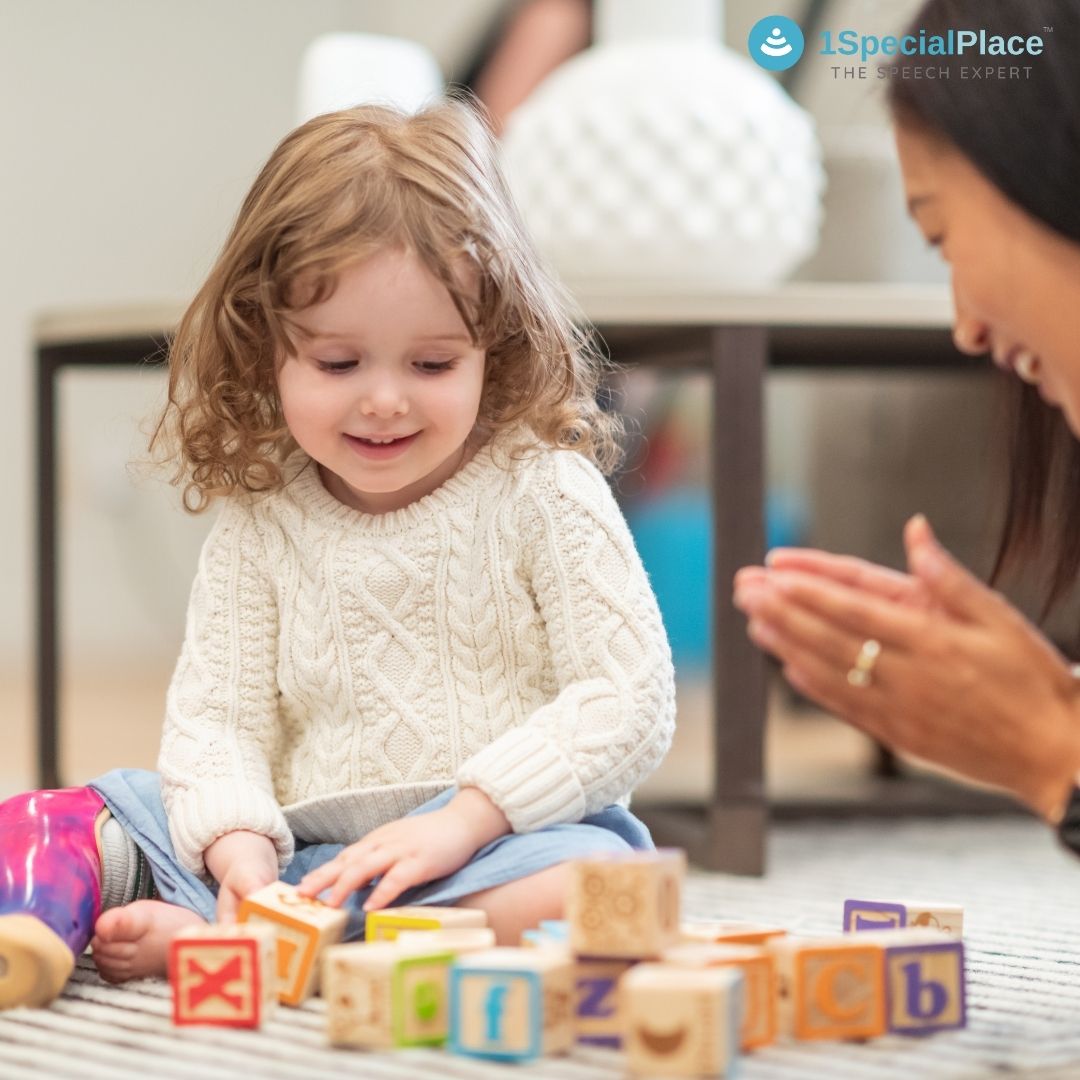
Top 10 Toys for Occupational Therapy
Top 10 Toys for Occupational Therapy
About Occupational Therapy –
We, as Occupational therapists, focus on improving child’s ability to perform activities of daily living. Also on improving ability that promotes movement of the body. We use various toys for children who need assistance to get through their daily living activities. Also helping them with sensory needs in low pressure scenario. Selection of toys is very important. We are here to discuss top 10 toys for Occupational therapy. These will help in improving quality of life and making children independent. Toys are a fun way to get little hands & little bodies grow & develop.
How occupational therapy helps through play – toys?
Surprisingly, Toys can nourish and enhance various skills. Well, in this blog I have mentioned top 10 toys for occupational therapy. It covers wide range of skills which are essential for child’s development. I have also shared various ways to use a particular toy.
List of top 10 toys for occupational therapy –
-
Ball
– There are many ways to play with ball as a prop. This toy helps in developing numerous skills. It helps in sensory inputs like proprioception – with ball pressure & resistive ball exercises. It can help with visual & motor skills by target hitting or just a mere act of catch, throw or kicking the ball. Treasure hunt is possible in ball pool giving lots of sensory inputs. Also, basic activities like ball sorting & matching according to its color, size, and materials can be done.
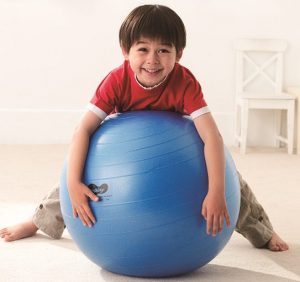
-
Beads stringing
– Firstly, this assists in developing motor abilities & hand eye co-ordination. It can also help in visual scanning. Asking the child to scan a object can help them to develop visual perception skills. Also, transferring beads with an object like cloth clip, spoon, etc. can improve hand functions. Kids can learn colors, shapes & counting numbers.
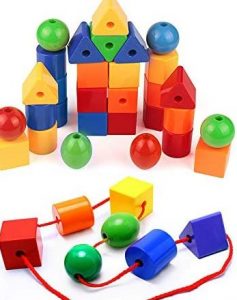
-
Building blocks/ magnetic tiles
– It helps in enhancing perceptual skills like matching & sorting, copying pattern or making a pattern as per instruction. Child can learn counting numbers, color identification through this play. Also, helps in fine motor strengthening by pulling or pushing the blocks. These toys promote hand – eye co-ordination through fun & engaging play. It can help child use their imagination to create something new on their own.
-
Sensory bin
– It is good to keep some form of sensory kit at home. It can be of play dough, sand, etc. which helps in various ways like visual scanning for particular object in the bin. Also, helps in fine motor strengthening essential for pre-writing skills. Children also get to learn about various textures & materials. This can help in child’s overall development. Read more on this
-
Stacking pegboard
– This helps kids with fine motor skills, and helps to place the pegs properly on the board. This enhances your child’s visual perception skills, and motor co-ordination in a fun & enjoyable way. This is great for all kids and a constructive toy too. To stack and place the pegs correctly on pegboard the eyes & palms should co-ordinate. It also requires grasping the object and maintaining the grip. One can simply match the colors as they stack or copy the pattern.
-
Scooter board
– This scooter is great for young children working on improving balance, co-ordination & building gross motor skills. It is hard & durable and can be used on any hard flooring. Try different tasks for improving instruction following. It also helps in motor planning & gives your child a sense of direction. However, constant supervision is advised.
-
Memory board
– This helps in improving higher functions like attention, impulse control, thinking & planning etc. This activity helps in matching objects and increasing memory span (Short term/long term)
-
Twister
– This is one of the most popular toys for gross motor skills. Also, it helps in balancing, co-ordination, proprioceptive input and motor planning. It can be a great activity for few kids playing together also learning concept of waiting & taking turn. It promotes body awareness as well among children.
-
Puzzles
– A puzzle teaches a child the concept of a whole and that each piece is a part of a bigger picture. It also helps in developing basic skills such as shape recognition, goal setting, patience and much more. This helps children in various activities. Moreover, it also promotes spatial awareness – perception of themselves with respect to the objects in space around them.
-
Alphabets & numbers
– Last but not the least, letter & number recognition is crucial as it is lays base for reading & writing. It also helps in visual discrimination and learning letter sounds. In conclusion, don’t mistake alphabet pieces for just being toys, as benefits of letter games are amazing.
-
IMPORTANT NOTE –
- Consider which ideas are age appropriate.
- Make sure it is safe for your child.
- Safety is a must.
- Be cautious of choking risks when performing any activity.

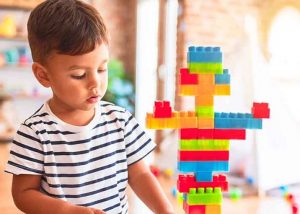
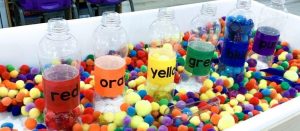
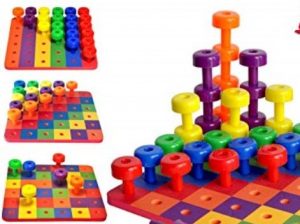
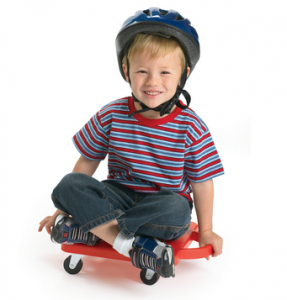
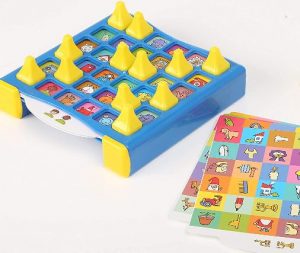
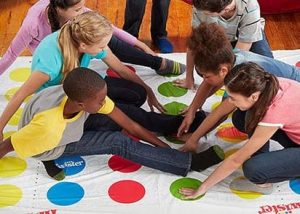
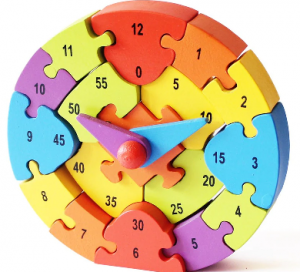
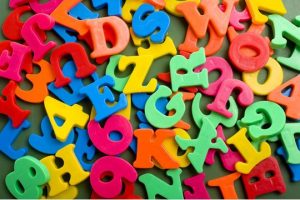
Leave a Comment
(0 Comments)